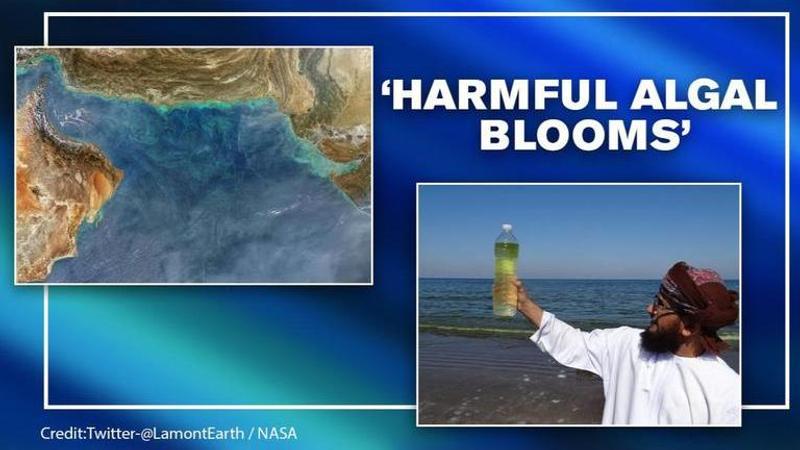Published 12:07 IST, May 6th 2020
Himalayas' melting snow caps cause spread of toxic algae that can be seen from space
The loss of snow cover in the Himalayas-Tibetan Plateau region is fuelling ‘harmful algal blooms’ in the Arabian Sea, according to recent research.

The loss of snow cover in the Himalayan-Tibetan Plateau region is fuelling ‘harmful algal blooms’ in the Arabian Sea, according to the Lamont Doherty Earth Observatory’s research. The US space agency, NASA also released satellite images which found bloom of the marine species Noctiluca Scintillans, also known as ‘sea sparkle’, lining coastlines around the sea.
According to the research, the steady decline in snow cover extent over the Himalayan-Tibetan Plateau region is resulting in the stratification of the upper layer of the Arabian Sea at a much faster rate than predicted by global climate models. The coast of the Arabian Sea, on the border of India and Pakistan, have traces of the ‘sea sparkle’ which have formed thick green swirls and filaments. As per the research, these 'sea sparkles’ force out planktons and cause massive destruction to the sea’s food chain which also affects the survival of fishes.
‘Most dramatic changes’
Joaquim I. Goes, one of the heads of the research team said, “This is probably one of the most dramatic changes that we have seen that’s related to climate change. We are seeing Noctiluca in Southeast Asia, off the coasts of Thailand and Vietnam, and as far south as Seychelles, and everywhere it blooms it is becoming a problem. It also harms water quality and causes a lot of fish mortality”.
Goes also informed that the Noctiluca has also expanded to other Southeast Asia parts, including the coast of Thailand, Vietnam and Seychelles. She said that the ‘algal blooms’ not only compete with phytoplankton for replenished nutrients but also feed on the phytoplankton themselves. The study further also provides compelling new evidence of the cascading impacts of global warming on the Indian monsoons and the economic stability of large populations along the Arabian Sea.
Furthermore, according to Goes, the algal may portend dire consequences over the long term for countries in the region already gripped by socioeconomic problems from war, poverty and loss of livelihoods. The recent study also highlights how tropical oceans are being disproportionately impacted, losing their biodiversity, and changing faster than conventional model predictions.
Updated 12:07 IST, May 6th 2020





